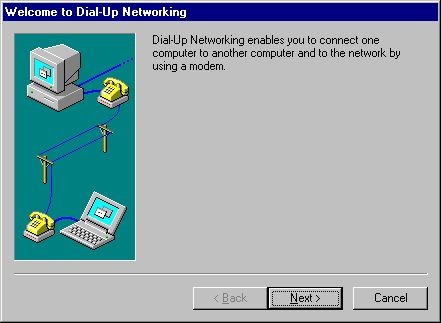A day in the life of dial-up or: Why we need affordable, world-class service for 100% of Canadians
Below is a guest blog from Carol Vlassoff, an OpenMedia community member and resident of Hawk Lake, Quebec, who faces barriers to affordable, high-speed Internet access in her community. It is widely believed that all people in today’s world must be able to access the Internet in order to exercise and enjoy their basic human rights. Affordable Internet access allows us to express our opinions freely, and modern telecommunications services should be equally available to all – not just restricted to certain individuals or communities.
Moreover, access to broadband Internet is increasingly becoming recognized as a right by the laws of several countries, including Finland and Spain. Many have argued that Canada ought to and give serious consideration the Internet as a human right, and join those in the international community making these moves.
But let’s review what the Internet actually looks like for many people right here in Canada. I live in a community called Hawk Lake Retreat, which is a one-hour drive to Ottawa, Canada’s capital. It consists of two recreational lakes, cottages and year-round homes, and is surrounded by hills and high trees. Although we are serviced by Bell Canada for land lines, we do not have high speed Internet access from the telecom giant.
In fact, Bell no longer provides dial-up internet service to our area, and hasn’t since the early 2000s. I have to say that both those of us who reside here full time, and those who only come on weekends, would immensely benefit from greater access to affordable, high-speed Internet services. And don’t even get us started on the lack of cell phone access, which we also face!
Satellite Internet provider Xplornet services several communities in our area and the company has sent representatives to look into servicing us as well. However, we have too many high trees around our home, requiring the installation of a tower. This is apparently beyond the capacity of providers like Xplornet to deliver, even though the community is clamouring for anything better than dial-up. So there goes that option.
So, what does a typical day look like using dial-up?
I turn on the computer first thing in the morning to fire up my dial-up connection (using AOL–yes, AOL–the only company that we can find that still provides dial-up service) and go to the kitchen to make coffee.
I can’t leave it for too long because there are several steps I have to go through after logging on – turn off 3 interminable pop ups, search and log onto Google and then onto Gmail. I often have to reset the Gmail page to HTML for slow connections. Sometimes the whole process gets stalled, when AOL informs me that it can’t find my requested page, which, again, is Google. I know, right?
By the time I access my messages the process has taken a minimum of 10 minutes. I find several work-related requests – to review a manuscript, different options for an upcoming business trip, and an expression of interest for my rental property on VRBO (Vacation Rentals by Owner).
I know that opening any of these will take a good deal of time and that I risk being knocked off the Internet because of the bulky files involved. So I try opening the manuscript first (as it seems easiest), and after about 7 minutes it opens.
I’m not so lucky with the travel files. VRBO has a login procedure that requires a two-step verification process: one for your password, and the second for a code that is texted to my cell phone. And remember, we have no cell phone service.
So now I have one of two choices: Call VRBO and request the code over the phone, or drive 40 minutes to Buckingham to access my cell and use Tim Hortons’ or the library’s Wi-Fi to get into the website.
You can see why this less than ideal. On any given day, my coffee has gone cold before my connection even has me ready to start working!
Now, there’s no doubt that modern telecommunication services have made life easier and better – they just haven’t managed to cover Canada equally yet, and huge gaps remain. We need to do better for people across this country who want to participate in the growing digital economy but are held hostage by where they and their families work and live.
It is said that Hawk Lake Retreat first got phone service in 1979, when (then Prime Minister) Joe Clark holidayed here. Over the years road service also improved, cutting down driving time to Ottawa and Montreal.
But not every community has had the benefit of receiving favours from the government of the day, and, we can do a lot better by advancing a common-sense plan to connect all of Canada’s unconnected. It’s time for Canada to take the next step, and help communities like mine enter the 21st century.
I am therefore joining with over 30,000 Canadians calling for a modern digital policy that aims to connect 100% of Canadians to an affordable, world-class standard of Internet – just like we did with roads and telephones.
And I’m inviting you to join us, by signing on to OpenMedia’s Unblock Canada campaign at https://UnblockCanada.ca.
-Carol Vlassoff, concerned resident of Hawk Lake, Quebec.




 Take action now!
Take action now!
 Sign up to be in the loop
Sign up to be in the loop
 Donate to support our work
Donate to support our work